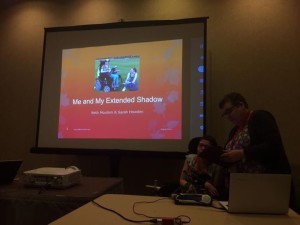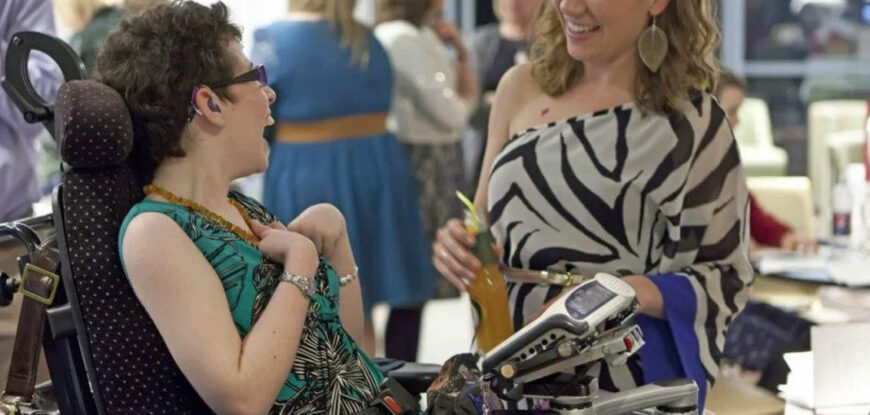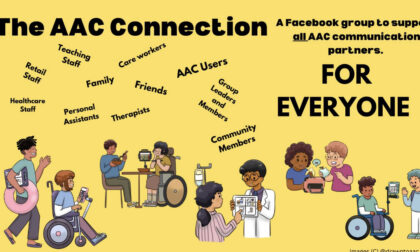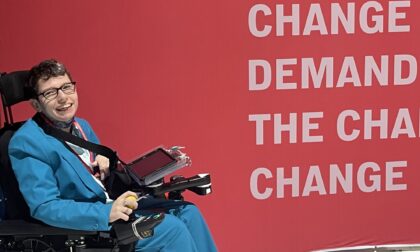I mentioned in my blog in June about the importance of having positive relationships with personal assistants. The recruitment process is key to making a good appointment. It is not something we want to rush as it is so important to get this right for everyone including the person choosing to join my team.
 We are always conscious this is a full-time role and the candidate is often giving up another job to join us so we want them to make an informed decision. And, of course we want to be sure ourselves, particularly as we will all spend a lot of time together.
We are always conscious this is a full-time role and the candidate is often giving up another job to join us so we want them to make an informed decision. And, of course we want to be sure ourselves, particularly as we will all spend a lot of time together.
At every stage of the process we use a mix of self-selection on the part of the applicant, and our own decision-making processes.
Stage one:
Advertising via an agency who sifts the applications to check applicants meet the minimum requirements for the role (in my case a driver, graduate and female).
Stage two:
All applicants are sent an email, by Mum, who makes an arrangement to have a phone discussion at a convenient time to them. Applicants are not chased, they decide to come and engage.
Stage three:
The initial phone call is at a time of the applicant’s choosing. This is not rushed as Mum explains the job, warts and all, and gives the candidate the opportunity to ask as many questions as they want. Often people gush and say it sounds amazing, but Mum asks them to take the time to think overnight about the discussion, talk to a friend or family member about the job and the rota expectations. Then when they have had time to think to come back by lunch time the next day to say if they want an interview. She also explains it is fine to say no, just let us know if they job is not for them. Again, this is self-selection, we do not chase, and it is not Mum’s job to make a decision on who might be right.
Stage four:
Everyone who comes back after the phone call is offered an interview. This takes place in the family home or a neutral place, and not my own home. We set aside an hour and besides me there is Mum and whoever is on shift at that time. If Dad is home he will answer the door so he gets a first impression too. The interview is in 4 parts:
- We have a set of questions that are mainly about my interests, there are no right or wrong answers, but they show the ability of the candidate to think on their feet. These include ‘when you were little what did you want to be when you grew up? Why, and what if anything changed?’ (and now I have to change that question!)
- My second set of question are hypothetical situations that have happened to me, or friends, about things that can go wrong on shift, so how might they act, and why.
- Next, we turn the interview over to them and let them ask any question they have about the role, of any of us.
- Finally, we all get the chance to ask final questions, and then the interview is closed putting the ball back into the court of the candidate. They are asked to come back to us by a given time/day with a response as to whether they want to take the interview to the next stage.
Throughout this interview I use a mix of my natural voice and my electronic communication aid, this gives us a really good idea of how people interact face to face.
Stage five:
The shadow shift is always for a minimum of 3 hours and includes being out of the house and eating as part of the activity. Again, I’m accompanied by whoever is on shift, and we try to make sure it’s a different PA to the one in the first interview. The reason for this is so they meet informally other people in the team. The applicant gets the chance to see something about my life, leaving home and going out in the vehicle they would have to drive. It’s a chance for us to gel and see if we think we might get on together for an extended period on shift. Once again, we put the decision in the hands of the applicant for them to want to take the job forward.
Stage six:
If they come back then there is a final session with Mum covering off the formal side of the interview, the things that might get covered off in a first interview in another job. And then, if that all works out Mum arranges to bring them round to my house so they get a look around where they would be working.
Stage seven:
I take them on a tour of my home, show them each room and encourage them to talk, this is my final sense check that I’m still happy before a final job offer is made.
Making a good appointment is a long process, we are making an investment, and so is the candidate, but we justify this because we think it has to be right for everyone. We believe self-selection is important, we want everyone who joins the team to want to be with us. It’s important to get on with me, fit into the team and understand the role Mum and Dad play in my life. The process does make it sound as if everything moves forward based on self-selection, however, we discuss each stage together as a team (me, Mum and the existing team member involved) and if we do have concerns or reservations we give the applicants honest feedback.
For the most part we get this right and have made some great appointments. Occasionally it has not worked out the way we hope, we’ve learned through this and the interview process has evolved over time. It all sounds very long winded, but in fact we have managed to do all stages previously in a week, although it often takes a little longer because we are wanting to spend time together.
Final blog in this series coming shortly: Appointing a team leader.





A very timely piece as desperately trying to recruit and its tempting to “chase” potential candidates. Are your “shadow ” shifts at stage 5 paid ?
Hi, Thanks for your feedback. We have not previously paid anyone for the shadow shift, this would be quite difficult setting up for payroll, however, once they are offered the job and accept then all pre-start date training is paid.
Thanks Beth re info on shadow shifts and pay. This is a very practical issue for us to navigate. Living in a rural area means we have to consider other applicant costs like travel too. Very helpful sharing of recruitment issues.
So pleased you found it useful Angie.